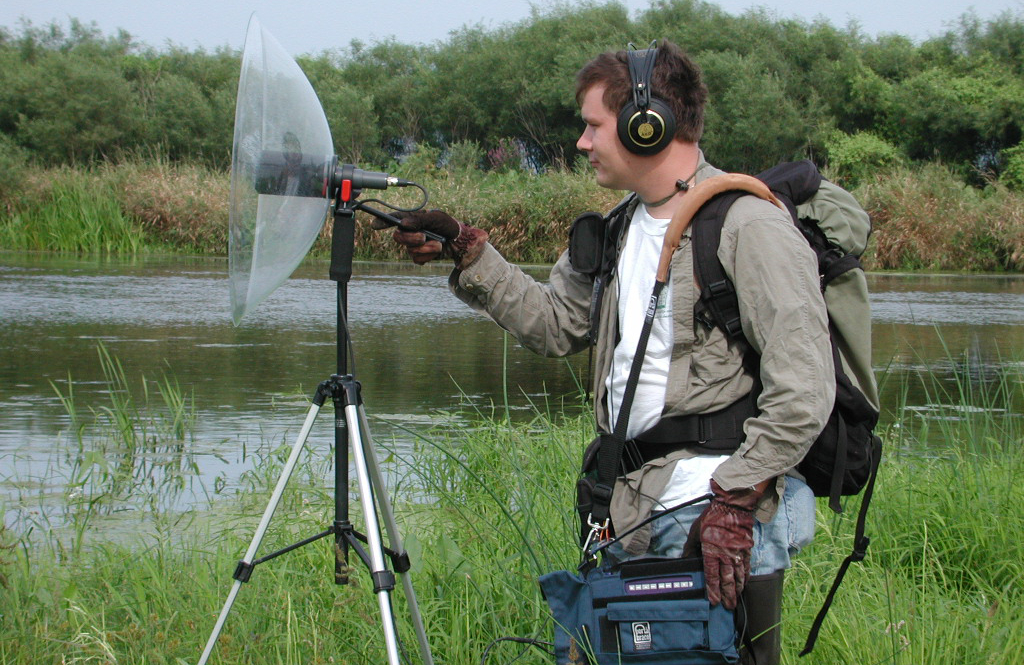Audio Accessories and Tools, Audio Equipment Guides, DIY Audio Projects, Uncategorized
Unleashing the Potential of Your DIY Parabolic Microphone: Creative and Practical Applications
Introduction to Parabolic Microphone Applications
In the previous blog posts of this series, we’ve covered the basics of parabolic microphones and guided you through the process of building your own. Now it’s time to explore the many creative and practical applications for your DIY parabolic microphone. From capturing the sounds of nature to enhancing audio in sports broadcasts and creating experimental audio art, the possibilities are virtually limitless.
Nature and Wildlife Recording
Parabolic microphones are a go-to tool for capturing the sounds of the natural world, thanks to their ability to focus on specific sound sources while minimizing background noise.
Tips for capturing bird songs:
- Position yourself at a distance from your subject to avoid disturbing the bird.
- Slowly move the parabolic microphone to follow the bird’s movements, maintaining the focus on the sound source.
- Experiment with different times of day and locations to capture a variety of bird songs.
Recording insects and small mammals:
- Use your DIY parabolic microphone to isolate the sounds of insects and small mammals, such as crickets, cicadas, or rodents.
- Position yourself close to the ground to capture the subtle sounds these creatures make.
Field Recording and Sound Design
Parabolic microphones are also invaluable for field recording and sound design projects, allowing you to capture unique and isolated sounds for use in film, television, and other multimedia productions.
Capturing ambient sounds and environments:
- Use your DIY parabolic microphone to record the sounds of bustling city streets, serene forests, or crashing waves on the shore.
- By isolating specific sounds within these environments, you can create a more immersive and textured audio experience.
Recording unique sounds for sound design projects:
- Experiment with your parabolic microphone to capture unconventional sounds, such as the hum of a refrigerator, the clacking of a typewriter, or the rustling of leaves.
- Combine and manipulate these sounds in your digital audio workstation (DAW) to create entirely new soundscapes and effects.
Sports and Broadcast Applications
Parabolic microphones have long been used in sports broadcasts to capture on-field audio, bringing viewers closer to the action.
Using parabolic microphones in sports events:
- Position yourself along the sidelines or near the action to capture the sounds of players communicating, the ball being hit or kicked, and other game-related noises.
- Work with your broadcast team to ensure your parabolic microphone is incorporated effectively into the overall audio mix.
Enhancing on-set audio for film and television:
- Use your DIY parabolic microphone to capture clean dialogue and specific sound effects on set, minimizing the need for post-production audio work.
- Coordinate with your sound team to ensure the parabolic microphone is positioned correctly and integrated seamlessly into the overall audio recording process.
Experimental Music and Audio Art
Parabolic microphones can also be used in experimental music performances and audio art installations, offering unique sonic possibilities and immersive experiences.
Incorporating parabolic microphones in performances:
- Use your DIY parabolic microphone to capture and manipulate live sounds during a performance, creating a dynamic and interactive audio experience for your audience.
- Experiment with processing and effects to transform the captured sounds into entirely new sonic elements.
Creating immersive sound installations:
- Design audio art installations that incorporate your DIY parabolic microphone, capturing and amplifying environmental sounds in real-time.
- Encourage audience members to interact with the installation, exploring the unique sonic characteristics of the space and their own movements within it.
By exploring these creative and practical applications for your DIY parabolic microphone, you’ll unlock a world of sonic possibilities and elevate your audio projects to new heights. Embrace the power of your DIY parabolic microphone and let your imagination guide you on your audio adventures.
Conclusion: The Power of Your DIY Parabolic Microphone
Throughout this blog post series, we’ve delved into the world of parabolic microphones, guiding you through the process of building your own and showcasing the wide range of creative and practical applications they offer. Your DIY parabolic microphone is a powerful and versatile tool, capable of capturing unique sounds, enhancing audio recordings, and pushing the boundaries of experimental audio art.
As you embark on your sonic journey with your DIY parabolic microphone, remember that the key to success lies in experimentation and innovation. Embrace the unique capabilities of your parabolic microphone and don’t be afraid to push the limits of what’s possible with audio recording.
Whether you’re a wildlife enthusiast, an aspiring sound designer, or an audio artist looking to create immersive soundscapes, your DIY parabolic microphone is the perfect companion to help you explore new sonic worlds and create captivating audio experiences.

